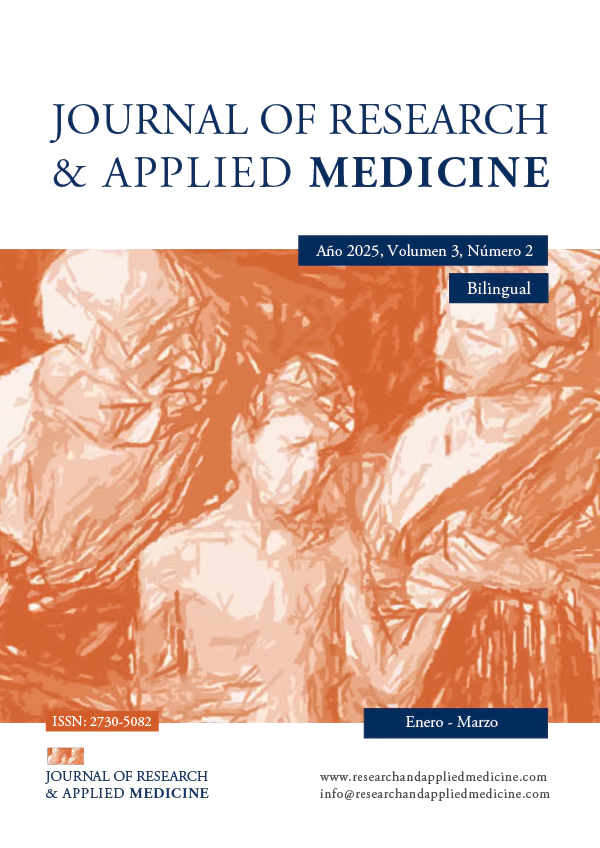
IMPACTO DEL PH ATMÓSFERA, TIEMPO DE INCUBACIÓN SOBRE BIOPELÍCULAS INVITRO DE LIMOSILACTOBACILLUS REUTERI Y DE LACTICASEIBACILLUS RHAMNOSUS
Alicia Farinati; David Andrés; Candelaria Vidal y Vedia.
https://doi.org/10.55634/3.2.1
Descargar PDF
La participación del microbioma en la evolución de procesos infecciosos y no infecciosos crónicos ha sido descrita por numerosos autores.
Una de las formas de modularlo es mediante el uso de probióticos (PB). Es importante que estos PB tengan la capacidad de formar biopelícula (BP) en diferentes mucosas del organismo.
Los microorganismos que se usan con mayor frecuencia como probióticos son Lactobacillus spp y microorganismos relacionados. Los lactobacilos son bacilos grampositivos estrictamente aerotolerantes o anaerobios que forman parte de la microbiota gastrointestinal y genitourinaria humanas.
Hay estudios que las propiedades probióticas están muy ligadas a la especie y a la cepa (1).
Existen muchos probióticos con probada eficiencia en el tracto gastrointestinal pero no ocurre lo mismo con los probióticos a nivel urogenital.
Además de las características que se enumeran siempre como son la producción de agua oxigenada, de ácido láctico, actividad hemolítica, presencia de genes de resistencia capaces de ser transferidos (2,3,4) es necesario establecer características en relación al hábitat como la tolerancia a diferentes pH, presencia de oxígeno y capacidad de formar biopelículas (BP) que aseguren su persistencia en el tiempo.
Hay que tener en cuenta que estos parámetros son bien diferentes a nivel intestinal vs el vaginal.
Por lo tanto no se puede asumir a priori que los probióticos utilizados para modular la microbiota de una mucosa sean los mismos para hacerlo en otra mucosa diferente.
IMPACT OF ATMOSPHERIC PH AND INCUBATION TIME ON INVITRO BIOFILMS OF LIMOSILACTOBACILLUS REUTERI AND LACTICASEIBACILLUS RHAMNOSUS
Alicia Farinati; David Andrés; Candelaria Vidal y Vedia.
https://doi.org/10.55634/3.2.2
Download PDF
Participation of the microbiome in the evolution of chronic infectious and non-infectious processes has been described by numerous authors. One of the ways to modulate it is through the use of probiotics (PB). It is important that these PB have the ability to form biofilm (BP) in different mucous membranes of the body. The microorganisms most frequently used as probiotics are Lactobacillus spp and related microorganisms. Lactobacilli are strictly aerotolerant or anaerobic gram-positive bacilli that are part of the human gastrointestinal and genitourinary microbiota. There are studies that show that probiotic properties are closely linked to the species and strain (1). There are many probiotics with proven efficiency in the gastrointestinal tract but the same does not occur with probiotics at the urogenital level. In addition to the characteristics that are always listed such as the production of hydrogen peroxide, lactic acid, hemolytic activity, presence of resistance genes capable of being transferred (2,3,4).
It is necessary to establish characteristics in relation to the habitat such as tolerance to different pH, presence of oxygen and capacity to form biofilms (BP) that ensure their persistence over time. It must be taken into account that these parameters are very different at the intestinal level vs. the vaginal level. Therefore, it cannot be assumed a priori that the probiotics used to modulate the microbiota of a mucosa are the same to do so in another different mucosa.
